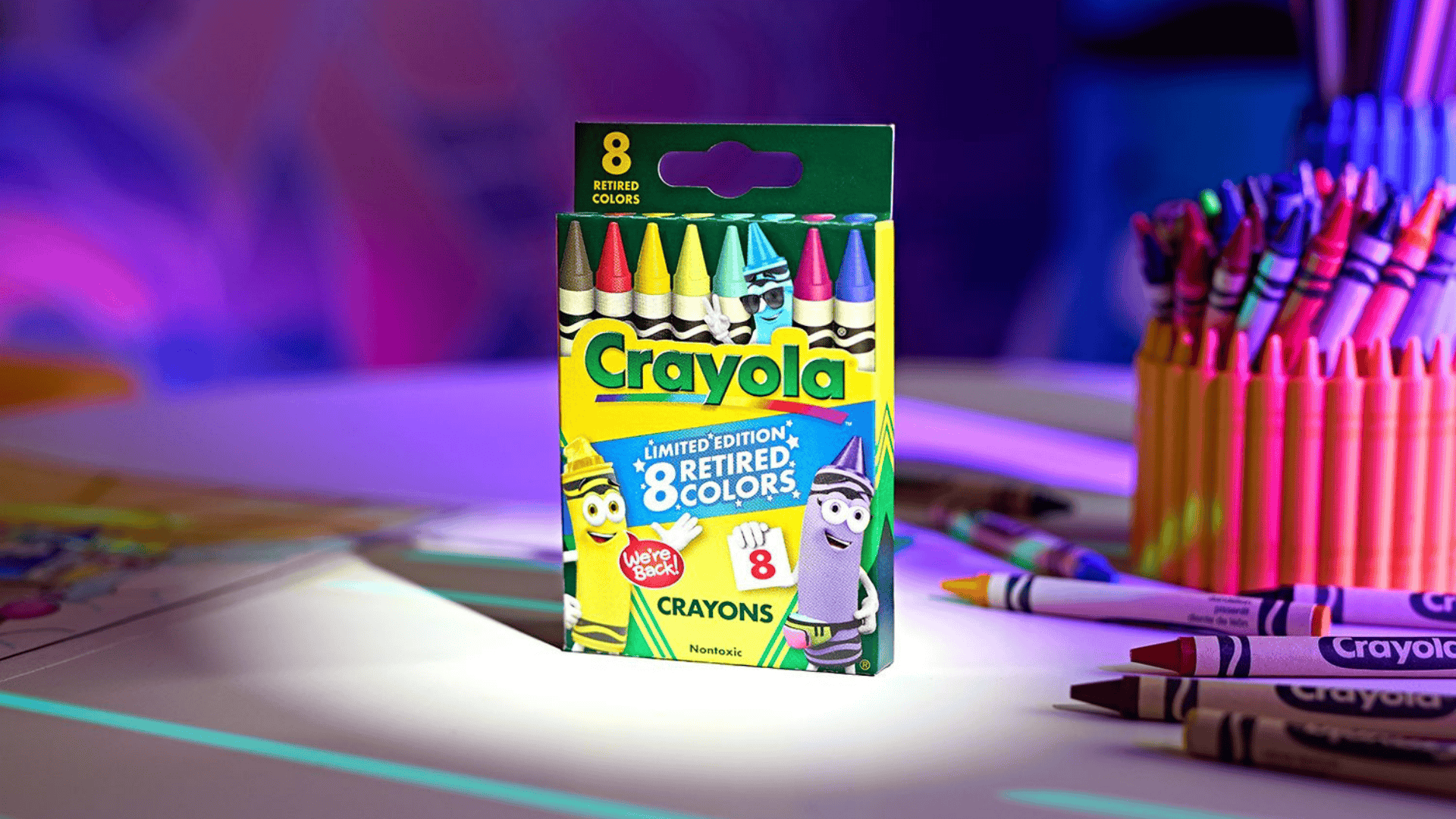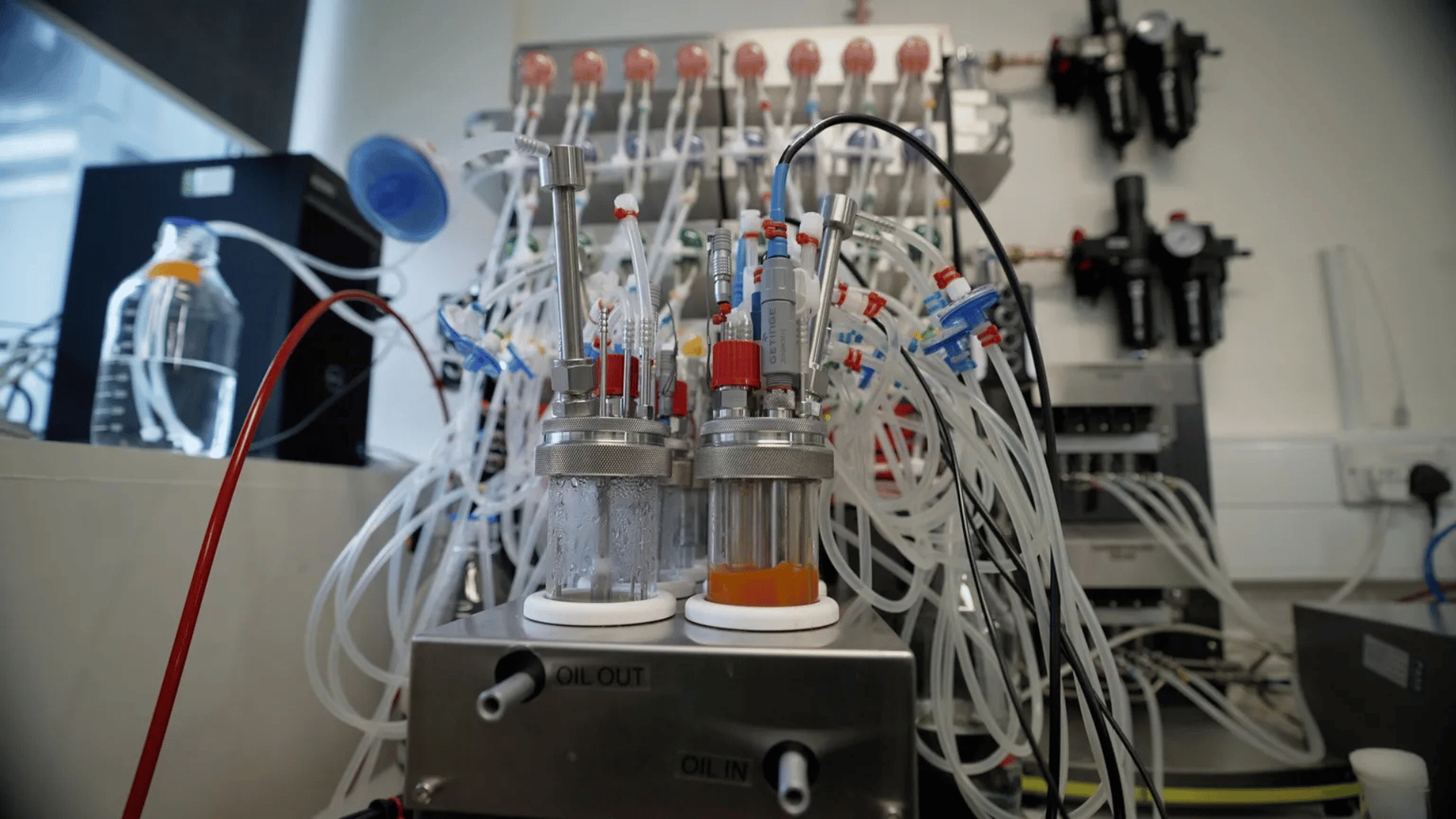Pop culture is an undeniable form of escapism. For a few hours, we can leave our normal lives behind and immerse ourselves in a land of fiction. But sometimes, we want to bring those fantasies to life, to the real world. And while it’s impossible to bring dragons and fairies into the 21st century, some of the gadgets and technology used in science fiction are more feasible.
For example, one of the most striking features of Marvel’s hit movie Black Panther is the setting of Wakanda. The bustling urban streets have captured audiences, with many wishing they could visit. While the African country is indeed fictional, some of the technology within its borders is not. The maglev trains that inhabit the roads instead of traditional cars are already in use in countries like Germany and South Korea. Unlike their Wakandan counterparts, however, they do not run on vibranium (another fictional element from Marvel’s universes; it’s also the substance that Captain America’s shield is made out of). They also cost a pretty penny to install and maintain, which is why they aren’t common. Another real-life equivalent to the maglev trains would be the Hyperloop, a vacuum-powered speed train developed by Elon Musk and his company SpaceX, which has just been permitted to break ground on construction.

And that’s not to say that virbranium is complete make-believe, either. Most experts consider graphene to be comparable in both strength and availability. That is to say that it’s insanely strong- “ten times more bulletproof than steel,” says physicist and University of Minnesota professor James Kakalios- and exceedingly rare. It’s notoriously difficult to produce, which at least emulates the scarcity of vibranium (as it is only found in great quantities in Wakanda). Nevertheless, we may one day have 100% accurate replica Captain America shields- no doubt a collector’s item for Marvel fans.
In a similar vein, there is Agent Galahad’s shotgun umbrella from the R-rated spy flicks Kingsman: Secret Service and Kingsman: The Golden Circle. The scene where Galahad first uses the umbrella is among the more iconic moments from the first movie, with many wishing they could have one of their own. As it turns out, umbrella guns have existed for decades and a poisonous dart variation may have been used to assassinate Georgi Markov in 1978. However, the bulletproof shield the canopy provides would be almost impossible to craft, as YouTube channel Hacksmith mentions in their video on the umbrella gun. As a side note, The Penguin (one of the villains in the Batman franchise) is often seen with an umbrella gun, not unlike Galahad’s.
Of course, plenty of gadgets in older sci-fi TV shows and films have not only become real, but extremely commonplace in modern society. The Replicator and PADDs from Star Trek have real-life equivalents in 3D printers and iPads and other tablets, respectively. The Roomba line of vacuums are fairly close to the robot vacuums seen on The Jetsons. Plenty of future-based IPs have a variation of what we call Skype or FaceTime. And we would be remiss to not mention hoverboards and drones.But there is some technology that is still firmly rooted in science fiction (emphasis on fiction). It won’t always be, though, because as science keeps moving forward, so will the definition of what “science fiction” is. That’s the beauty of sci-fi: it constantly evolves alongside modern day. And while we can’t predict what sort of invention will capture our imaginations next, we can rest easy knowing that what we already crave is just around the corner, and that tomorrow’s world is closer than we think.








